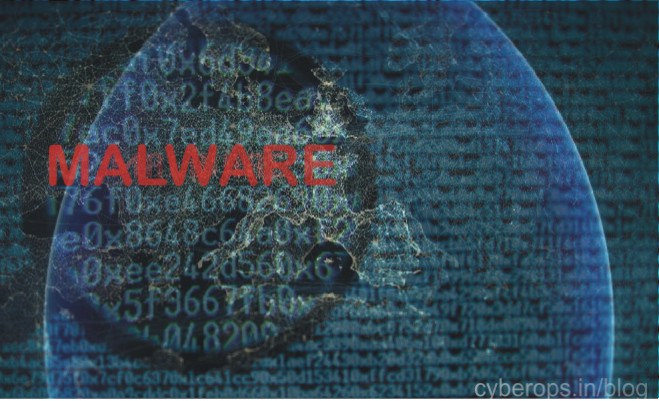You should know about the Top 5 Silent Cyber Threats that Still Pay Off
By Prempal Singh

A few hackers are fairly foreseeable in their successful use of really silent strike.
The common conception of cyber attacks are kind of like undesirable weather, ranging from irritating to awful, but always unforeseen. Hackers are simply too complex to draw any reliable judgments about, and we shouldn’t try.
While it turns out, some hackers are fairly foreseeable in their successful use of really silent strike. Listed below are the top five.
1. Browser Locker:
Browser locker, better known as the fake blue screen of death, bringing out garbage errors at the consumer and encourage them to call an Indian boiler room to be cheated in an average cost of $500. Some feature adjusts by the main web browsers have pushed tech support scammers into more creative iterations, including registry hackers to replace the windows shell itself with a locker. But the web browser locker still exists in bulk but still pulls victims. Some lockers show some imagination, like exploit the browser’s history function.
2. DDOS Extortion:
With DDoS robots available for sale, sometimes on the clarinet, denial of service itself is not the most complex of a strike. DDoS extortion is one gap: an opponent only will send an email to a company security staff threatening large attacks if a bitcoin ransom isn’t paid immediately. Considering the fact that the ransom in question has tended to be relatively low, companies in industries requiring constant uptime have sometimes ignored their shoulders and paid. If this happens to you, talk to your provider to work out mitigations. Don’t speak to the attacker.
3. SQL Injection:
SQL Injection requires a degree of specialized skills to pull off, from finding the susceptible site to executing and safely exfiltrating silent documents or data. So why is this silent attack? Because it was first publically discussed in 1998. It was in the OWASP top 10 in 2007 and 2010. It absolutely was #1 on the OWASP top 10 in 2013. This really is a known, predictable attack with intensive mitigations, so continuing to see it used so frequently is extremely silent.
4. Business Email Compromise:
Sometimes, bosses are creeps. Sometimes when a manager is a jerk, their subordinates are too scared to question an order from the boss, irrespective of how out of character it might be. Have attackers weaponized this cliche? of the business world by posing as the above jerk chief and demanding that huge amounts of money be connected to overseas accounts as soon as possible. This kind of scam, which is not much more complicated than shouting “Give me money! ” is called Organization Email Compromise and cost US victims $960,708,616 since 2013.
5. Macro Malware:
Several years ago, MS Office had macros enabled by default. This kind of created for a great spyware and adware delivery vector with harmful attachments that would run all sorts of irrelevant code when opened. Ultimately, Microsoft had enough and switched Office macro support to off by predetermined. Criminals have gotten around this restriction by simply asking the user to permit macros and by that the malicious code. Here is the technique cropping up in 2014 and here it is again previous month.
In summary, a great many cyber dangers are not complex nation-state level, well thought away attacks. Most, in simple fact, tend to be the smallest amount of effort required for success, which sometimes turns away to be not very much effort at all.
Source: www.darkreading.com

